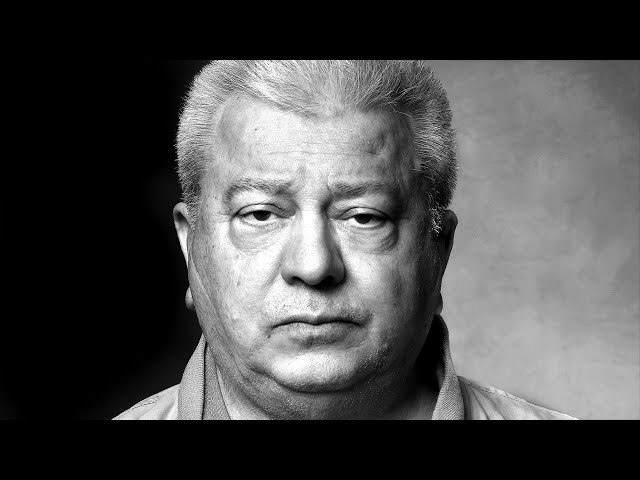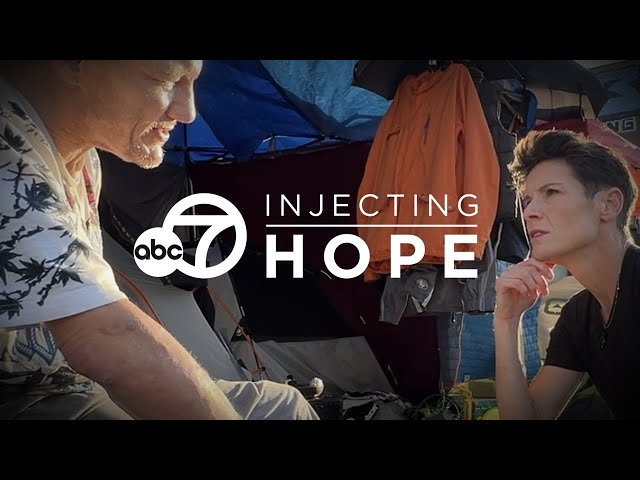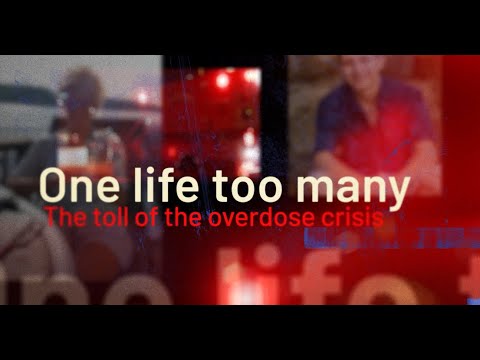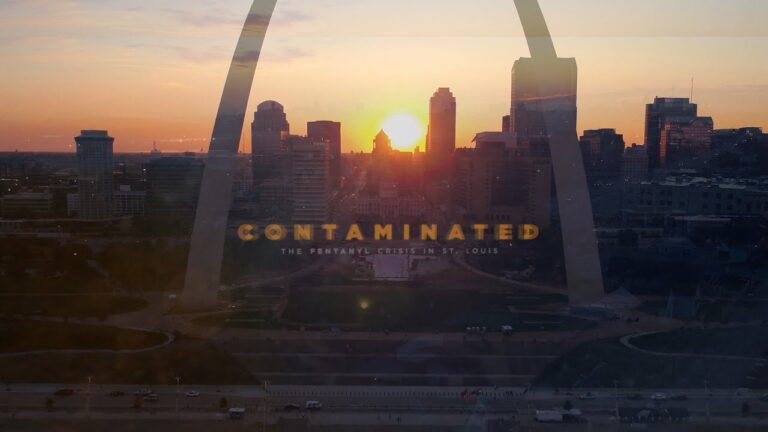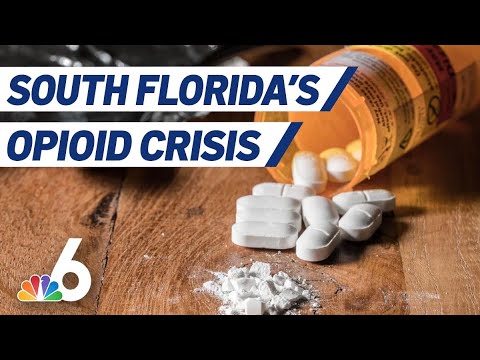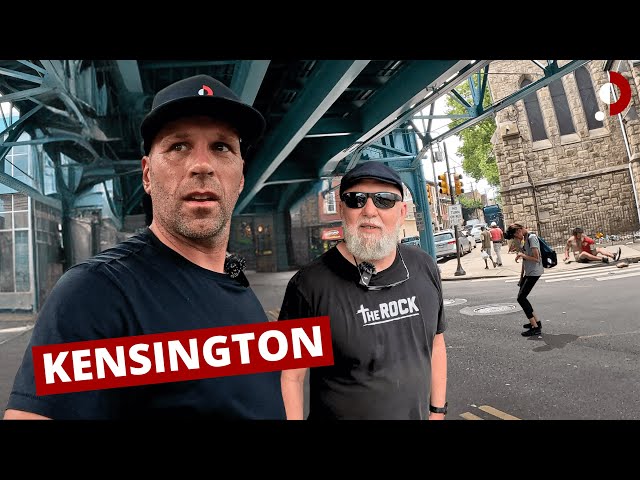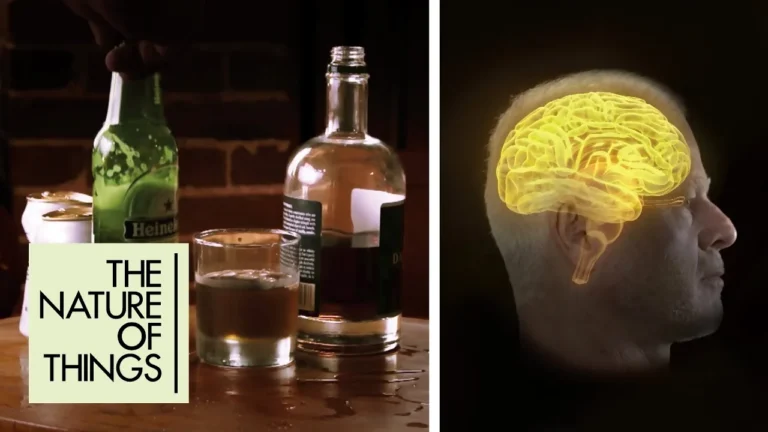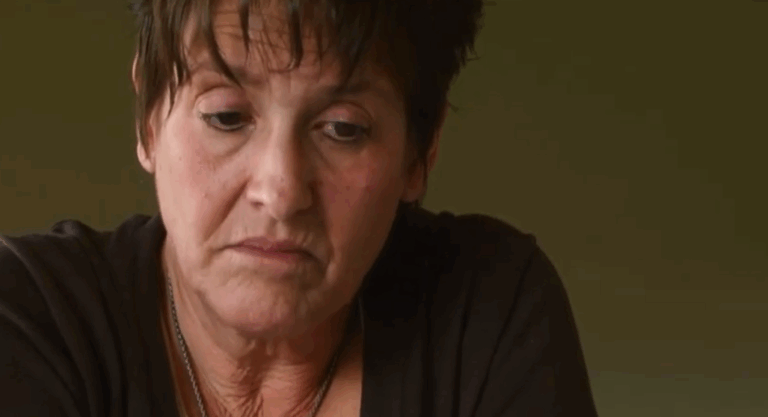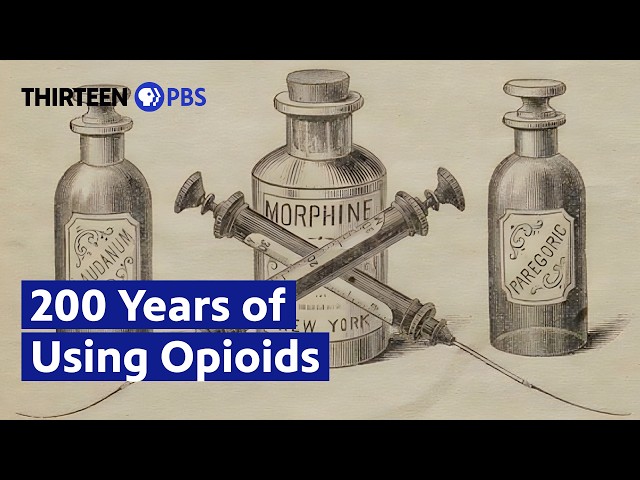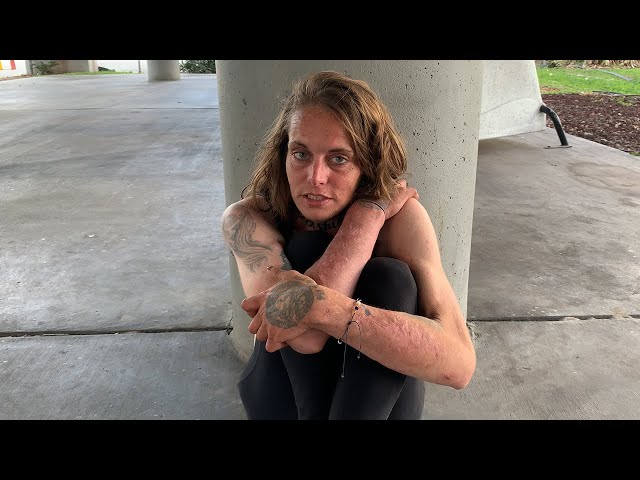Introduction
This documentary travels across Canada to discuss the magnitude of the opioid crisis / overdose epidemic and the importance of harm reduction initiatives across communities. You’ll learn about what harm reduction entails and why it is essential to combating this crisis because “since 2016, more than 12,800 Canadians lost their lives due to fatal overdoses.”
Watch Now!
Quotes
“Canadian lives are being taken at an alarming rate due to fatal overdoses … Province to province, city to city, these are more than just some statistics. These are people and their stories are unique. These are people’s lives. These are grassroots initiatives from across the country. The overdose epidemic does not discriminate. From major cities to small towns. This issue has taken lives, ruined families and has flooded our communities.”
“Supervised consumption sites provide a clean and sterile environment and equipment for people who use drugs. In doing so, these services prevent fatal overdoses and the spread of disease. With overdose deaths on the rise in Canada, supervised consumption services exist in both an unsanctioned and sanctioned capacity. Sanction services receive exemption from Section 56 of the Controlled Drugs and Substances Act, a federal law that prohibits activities related to controlled substances. Unsanctioned services are conducted by grassroots movements made up of healthcare workers, activists, and people who use drugs, taking it upon themselves to offer these services in tends in their communities that see frequent overdose deaths.”
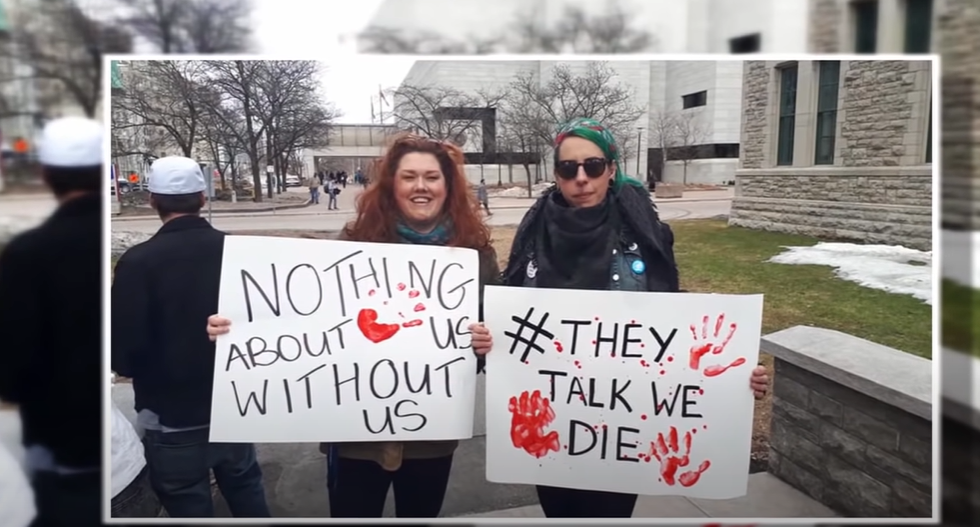
“Being surrounded by people who are actively, openly using drugs kept me off of drugs. I’m fucking sick of my friends dying and I wish more people would stand up for us.”
LEAH BELL
“I think harm reduction as a concept is kind of agnostic about drug use. It’s not that drug use is bad or a good thing. Drug use is a thing that people will continue to do. They have done for for years and years and centuries. I think harm reduction just says we’re going to meet you where you’re at in your drug use and try to reduce the harms associated with substance use by providing sterile harm reduction supplies so that you’re not putting yourself at greater risk each time you use.”
“Harm reduction is not only about preventing overdoses, but also reversing overdoses when they happen. Naloxone is a drug that temporarily stops overdoses by blocking the effects of opioids on the brain.”
“From PSA’s we grew up with to what we’ve been shown in the media, everyone alive today grew up surrounded by deep stigmatization towards people who use drugs. From health inequality to discriminatory policies socially excluding those whose reality we don’t understand is common practice in our society. But the consequences for people who use drugs have proven to be catastrophic and addressing the situation is dire.”
“According to the Canadian Association for People Who Use Drugs, safe supply refers to a legal and regulated supply of drugs with mind and/or body altering properties that traditionally have been accessible only through the illicit drug market. Due to the toxicity of the unregulated drug supply, many frontline workers, activists, and people who use drugs have called upon policy makers to implement a safe supply in Canada.”
“Project Safe Audience is a harm reduction initiative that targets high risk behaviours in the rave or after hours music community. We started this about two years ago because we noticed there was a significant lack of harm reduction information that targets the rave community … We go to a lot of these raves and underground events and warehouse parties to give out condoms, lube, earplugs, safer snorting supplies, and we also do onsite drug checking as well as psychedelic crisis intervention for people who may have taken a bit too much.”
“According to Health Canada, since Insite opened in 2003, the federal government has provided exemption to 39 sites across the country. However, a discriminatory drug policy and backlash from communities remains an area of concern for the activists and people who use drugs.”
Continue Learning
Hey there! I hope you found this resource useful! If you’re interested in learning more about some of the topics discussed, you can browse through these additional resources. Please don’t hesitate to contact me if you need help with anything else.
Opioid Crisis
- Beyond Supply: How We Must Tackle the Opioid Epidemic [PDF]
- California’s Opioid Crisis
- Facts About Naltrexone [PDF]
- Fentanyl: America’s Grim New Opioid Addiction
- How America Got Hooked on Opioids
- How Good Intentions Contributed to Bad Outcomes [PDF]
- How the Government is Making the Opioid Crisis Worse
- Opioid Crisis: Addiction, Overprescription, and Insufficient Primary Prevention
- The Impact of the Deadly Fentanyl ‘Plague’ on One American City
- The Opioid Crisis in Canada: A National Perspective
- Understanding the Opioid Overdose Epidemic
- Unraveling the Start of the Opioid Crisis
- What Led to the Opioid Crisis – and How to Fix It
- Why Is There an Opioid Crisis?
Opioid Use Disorder
- 2-Minute Neuroscience: Opioids
- Drug Addiction: How Opioids Like Fentanyl Work
- How Do Opiates Affect the Nervous System?
- How Drugs Hijack Your Brain’s Mu Opioid Receptors
- Medications for Opioid Use Disorder
- Medications for Opioid Use Disorder
- Opiate Addiction | The Causes
- Opiate Addiction | The Signs
- Opiate Addiction | Why It’s So Intense
- Opiate Use Disorder or Opiate Addiction?
- Opioid Addiction (CAMH)
- Opioid Overdose (WHO)
- Opioid Use Disorder (NIH)
- Opioid Use Disorder: Medical Treatment Options
- Opioids & the Body: The Science of An Overdose
- Signs of Opioid Use Disorder
- Therapeutic Approaches to Opioid Use Disorder: What is the Current Standard of Care?
- This Is What Happens to Your Brain on Opioids
- Treatment of Opioid-Use Disorders
- What Causes Opioid Addiction, and Why Is It So Tough to Combat?
Harm Reduction
- Do Supervised Consumption Sites Increase Crime? ‘The Answer To That Is A Flat No’
- Does Evidence Support Supervised Injection Sites?
- Fact Check: Dispelling Myths About Supervised Consumption Sites
- Harm Reduction: A B.C. Community Guide [PDF]
- Harm Reduction for Opioids: A Canadian Perspective
- Harm Reduction Practices in Communities
- How to Use Naloxone
- Indigenous Harm Reduction
- National Harm Reduction Coalition – Harm Reduction Truth
- Rapid Access Models for Substance Use Services [PDF]
- Why Safe Injection Sites Are Considered More Effective Than Needle Exchange Programs
Share Your Opinion
If you have finished reviewing this resource and have some spare time, I would greatly appreciate it if you could provide your opinion. Was it useful and informative? Did you run into any problems or find something distasteful? I’m thankful for any constructive and helpful feedback to help me improve.
* Your review will be for this specific post and as a result will affect the star rating of the resource. All submissions are reviewed for approval to filter out spam and inappropriate comments. Your email is requested as I may want to follow-up with you. Please also be aware that your review may be placed publicly on this website for others to read.
There are no reviews yet. Be the first one to write one.
